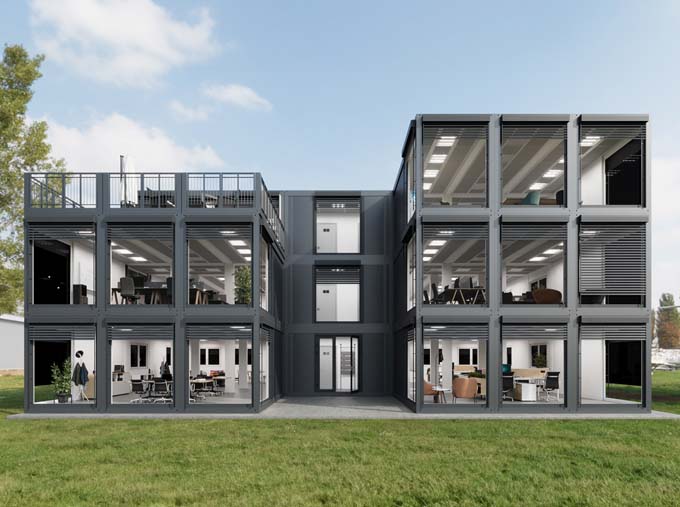How to decompose dead wood
Bacteria play a larger role in the decomposition of deadwood than was assumed. This finding helps to better understand the function of the forest as a carbon store.

With the support of the Austrian Science Fund FWF, an international group of researchers is investigating the extent to which forest soils serve as carbon reservoirs and how bacteria interact with fungi in this process - and is coming across highly diverse life in a dead environment.
"The abundance of microorganisms in the dead wood was surprising," says microbiologist Judith Ascher-Jenull. It is well known that they are highly abundant in the soil. In the case of wood, however, the dead wood that lies in the forests and slowly rots and decays, research to date has primarily assumed that fungi are the drivers of decomposition.
However, the results of the project "Climate-controlled degradation dynamics of deadwood on alpine soils" funded by the Austrian Science Fund FWF speak a different language. What emerges is a synergistic interplay between fungi, bacteria and also archaea. "This research result is a cornerstone for future studies on the interactions between fungi and bacteria in deadwood and their effects on the soil carbon balance and thus on forest productivity," explains project leader Heribert Insam from the Institute of Microbiology at the University of Innsbruck.
Study microbial communities
It is common knowledge that forests play an important role in the storage of carbon, i.e. that they occupy an eminently important position in connection with global climate change. It is not only the trees that store carbon, but also the forest soil. Nevertheless, many functions of the carbon cycle are still largely unknown.
"We are interested in understanding the system," explains Insam. This is important, and the reason is obvious: "Forests are among the global pools of carbon, which can either be bound in the soil or in the biomass, or it can be found in the atmosphere. The question that now arises is, how does the changing climate affect degradation?" the microbiologist continues.
In order to get to the bottom of this question, the Innsbruck-based company has been working within the framework of the international DecAlp project worked together with geologists, dendrochronologists (wood age determination) and modelers in Val di Rabbi. There, in Trentino, Italy, on ten research plots between 1200 and 2400 meters above sea level and both north and south facing slopes, the structure and function of microbial communities were studied along selected climatic sequences. Insam and his group, consisting of Judith Ascher-Jenull, María Gómez-Brandón and Tommaso Bardelli, are using the latest techniques and technologies. "Deadwood research has been a topic for decades. What's happening in the wood? What's happening under the wood? But it is only through molecular methods for recording the microbiota that we can now characterize processes of a bacterial nature," Insam says.
Temperature as a driving factor
"The assumption," continues Ascher-Jenull, "was that fungi have an 'a priori' advantage in the degradation of wood. We have now been able to demonstrate that nitrogen-fixing bacteria are active in deadwood and supply nitrogen to the fungi." A compound that directly affects wood degradation and carbon storage. It is the bacteria that drive the fungi to peak performance, as it were.
"We were also able to determine," Insam continues, "that degradation occurs more rapidly on north-exposed slopes than on south-exposed ones." It's a thoroughly surprising result, highlighting the importance of moisture over temperature. And what does this mean in the context of climate change? Do higher temperatures with the associated poorer water availability "per se" lead to slower decomposition, less carbon storage in the soil? "Our study is one piece of the puzzle of many," Insam qualifies. The experimental set-up is now also being applied in the Apennines, with other trees, beech instead of larch, in a different climate.
Conclusions of a more global nature will only be possible with a meta-study that will incorporate the results from the Val di Rabbi, from the Apennines, and from other research projects.
For now, we are left with the realization that deadwood in the forest is not essential for insect welfare alone, but arguably plays a far more incisive role in building forest soils and their function as a storehouse for carbon.
Text: Heribert Insam, Institute of Microbiology, University of Innsbruck









